Rayleigh Taylor Instability describes the mixing-behaviour of two fluids with different density values. As the fluid with higher density pushes the lighter fluid it creates these interesting patterns. Most commonly seen when pouring milk into tea or coffee.
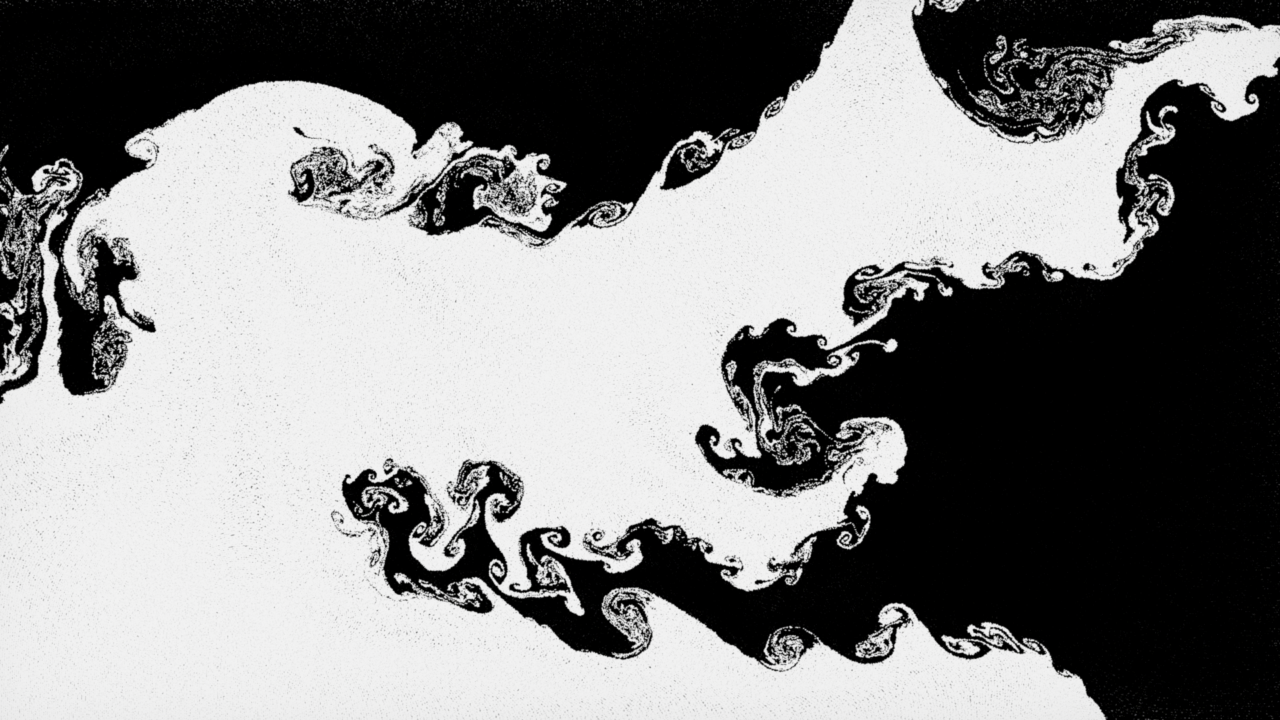
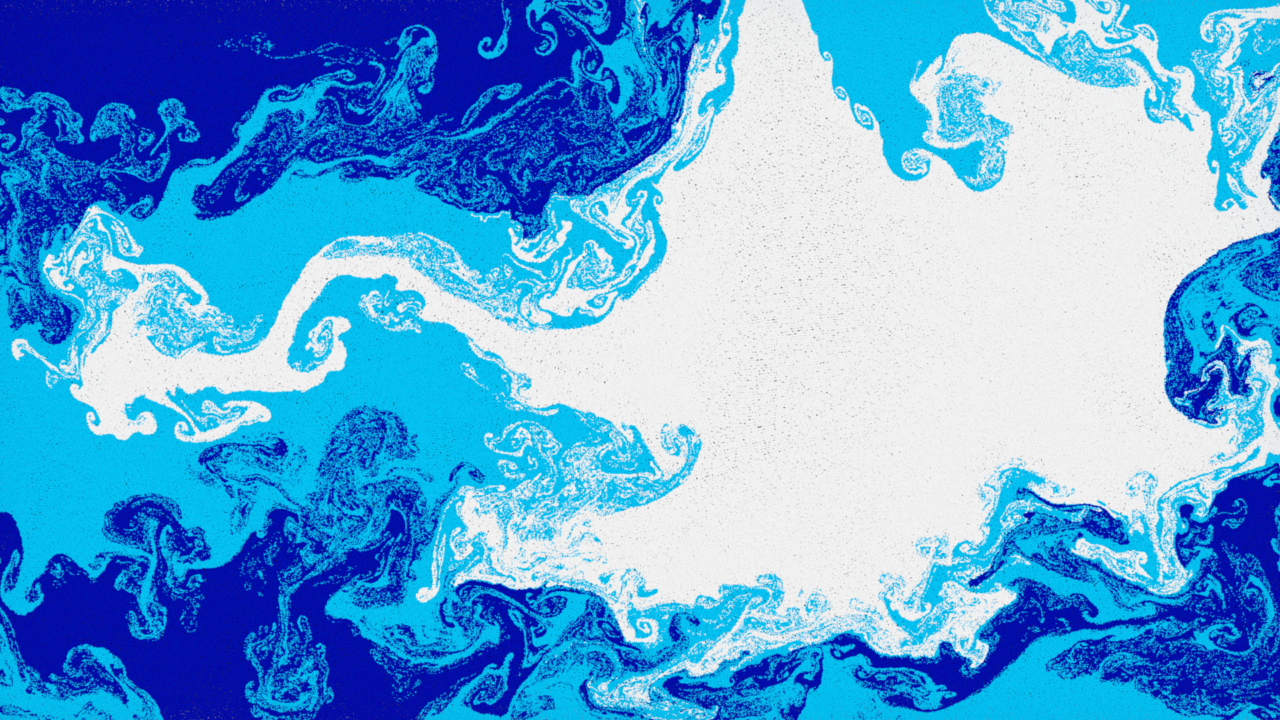
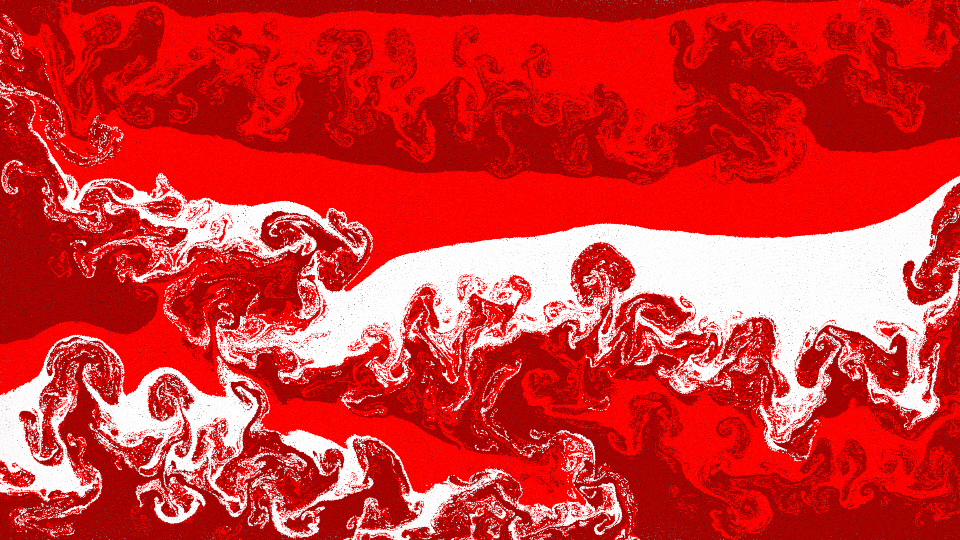
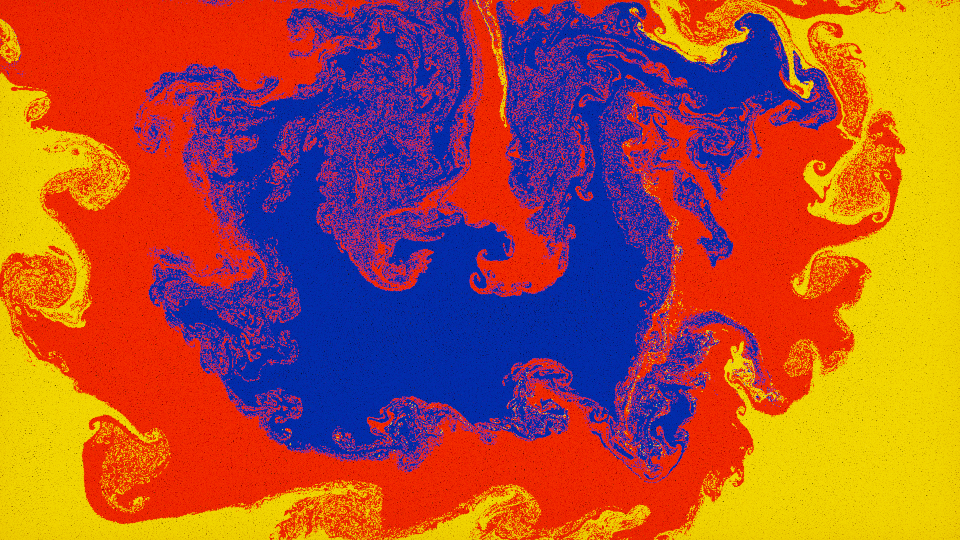
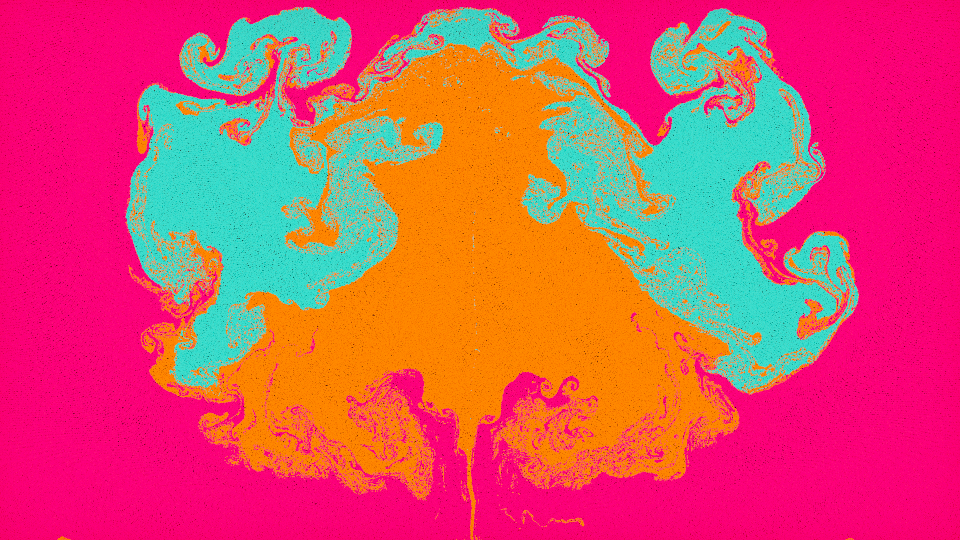
The video is my result while testing Houdini. I really like the procedural workflow of Houdini and am constantly trying to get a better understanding of the software. That’s really hard because it is so versatile and you can pretty much do anything you can imagine. I have to say a big thank you to Entagma, as their tutorials are very comprehensive and well explained. Their tutorials are probably one of the best out there, if you want to get comfortable using Houdini (after you know the basics, of course).
It’s basically a fluid sim with different density values. I created a volume and scattered points inside. Then I used a Volume VOP to create different color values for each point, based on an Anti-Aliased-Noise. I then assigned different density values for each point, based in its color. This setup allowed me to make quick changes and get completely different results. For one of the sequences I used an image to drive the point color values.
Finally I exported an Alembic file out of Houdini and imported it into Cinema 4D and made use of the Octane Scatter node to clone spheres onto each point of the Alembic file.
The music I used is Uncanny Valley from Walt Thisney.
Some Hard Facts:
/ Total render time: ~24 hours on a single 1080 Ti
/ Simulation time: For each different color ~ 45 minutes on an i7-6700K
/ Total number of working days: 3
Raphael Heiser / April 2019